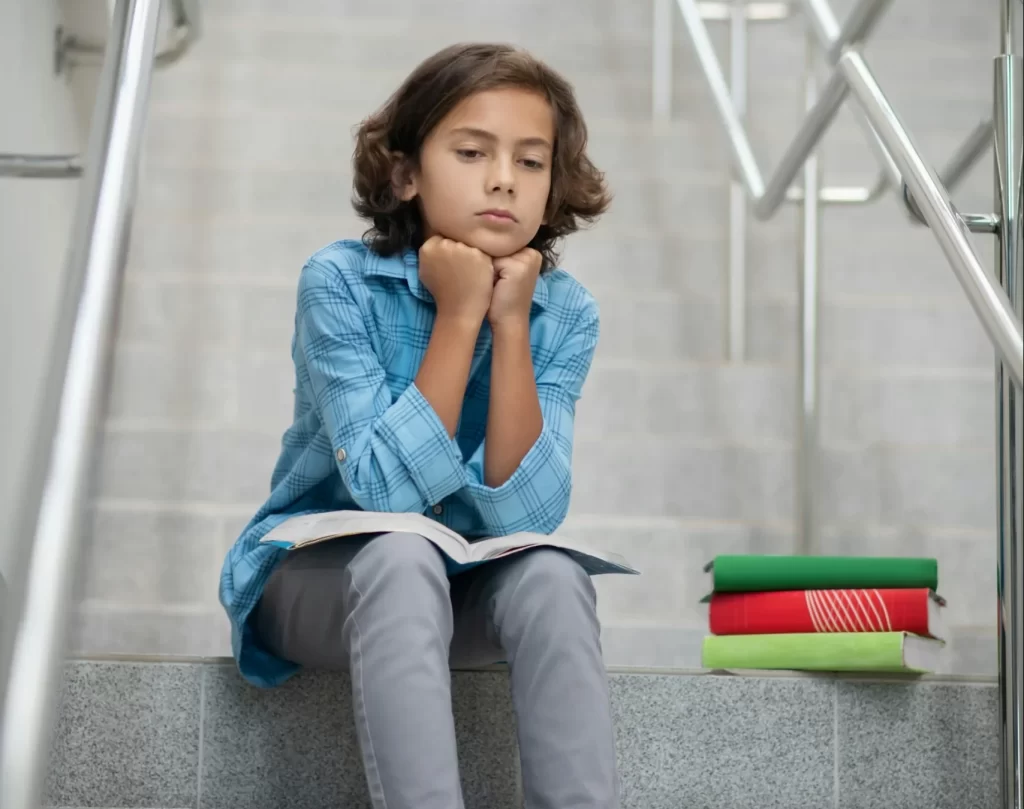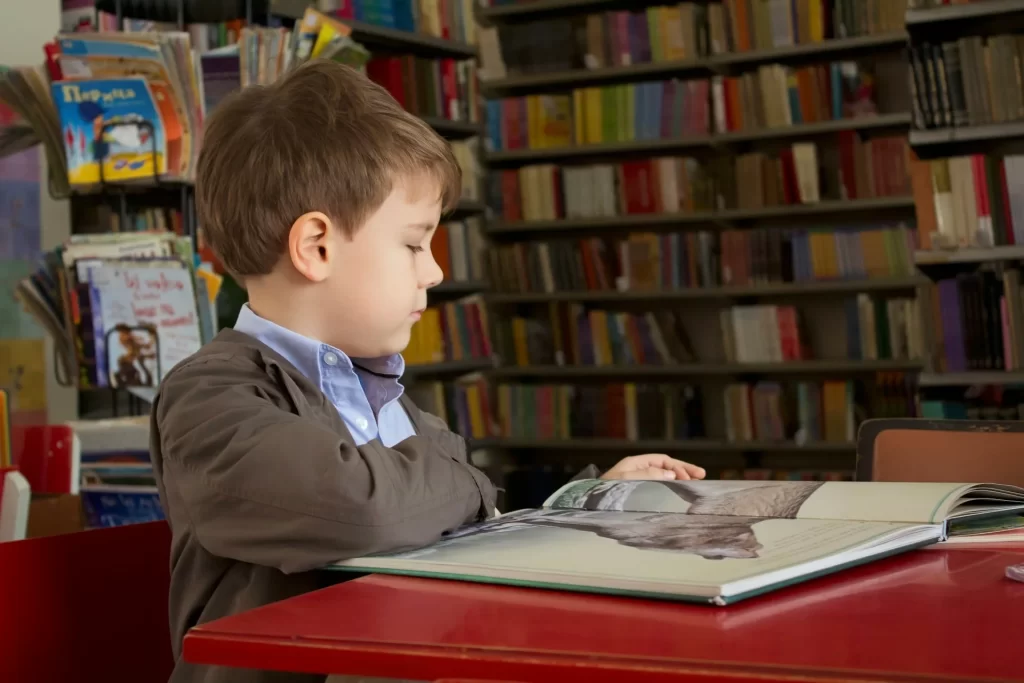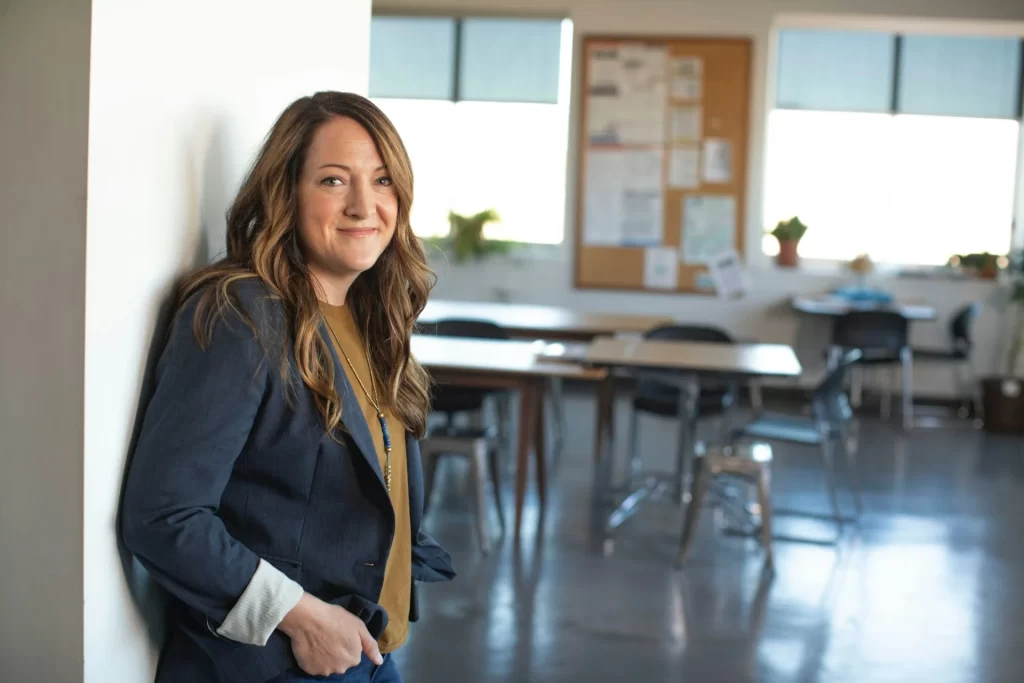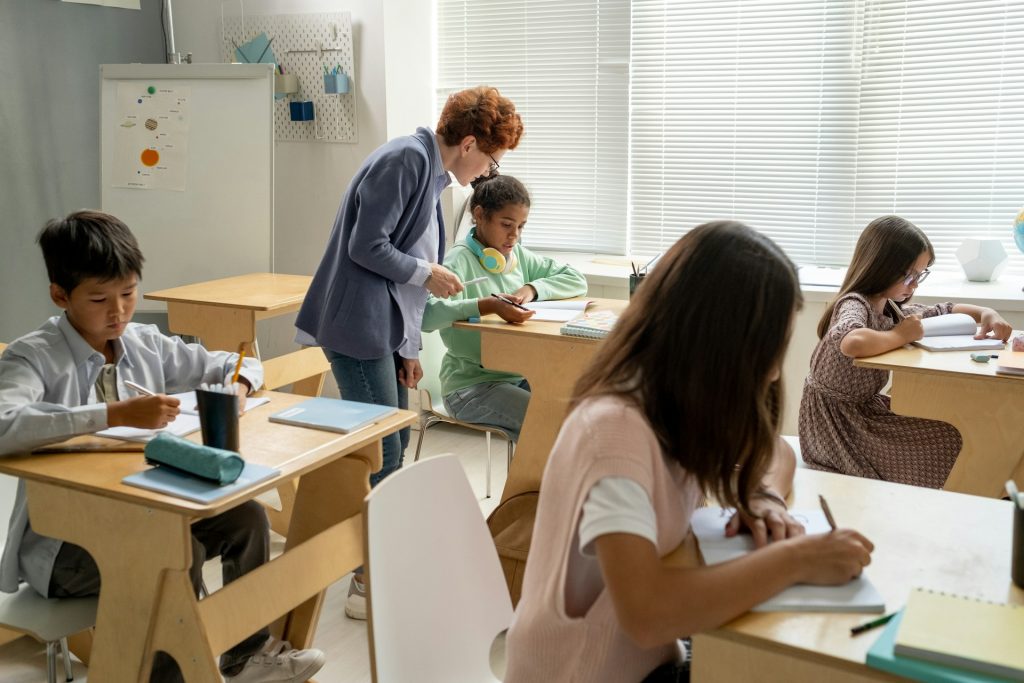Posts by Lisa
School Not Meeting Child’s Needs UK
School not meeting child’s needs UK? Well, in the UK, nearly 1.5 million pupils are registered with special educational needs (SEN). While every child has the right to access education, many children with SEN face challenges in traditional learning environments. When a school is not meeting a child’s needs, parents and guardians often feel overwhelmed…
Read MoreLearn About SEN or SEND: What Does SEND Stand For?
In the realm of education, acronyms like SEN or SEND are frequently mentioned but often misunderstood. Did you know that nearly 1.5 million pupils in England have special educational needs and disabilities? Understanding what these terms mean is crucial for parents, educators, and anyone involved in supporting young learners. This blog post will explore the…
Read MoreDifference Between Learning Disability and Learning Difficulty
All of us have heard the terms Learning Disability and Learning Difficulty, but many don’t know the difference. In England, almost 1.5 million pupils have special educational needs, highlighting the importance of understanding these terms. Whether it’s your child, godchild, family friend, or yourself you are trying to find this information for, we will go…
Read MoreGCSE Tuition with SEN Teachers
GCSEs are a major step for any student, marking a crucial time in their education. These exams can be particularly tough for students with Special Educational Needs (SEN), sometimes feeling almost too hard to manage. Yet, with the proper support and the right learning approaches, SEN students, whether with dyslexia or autism, can do more…
Read MoreEHCP Application Help Guide
Being a parent involves navigating numerous challenges, particularly when it comes to ensuring your child receives the best possible education. Sometimes, these challenges are compounded when a child faces difficulties in learning due to special educational needs (SEN) or disabilities. Fortunately, in the UK, structured supports are designed specifically to assist families facing these situations. One…
Read MoreHow Do Alternative Provision Schools Work?
In England, the education system is responsible forcatering to nearly 1.5 million pupils identified with Special Educational Needs (SEN). For many of these students, the conventional classroom setting of mainstream schools may not adequately meet their diverse learning requirements. This is where alternative provision schools come into play, offering a pathway to success for those…
Read MorePupil Referral Units: What You Should Know
Understanding the world of special education can be overwhelming, especially when you’re trying to find the best support for your child. If you’ve come across terms like “pupil referral units,” “PRU,” or “alternative provision,” you might be wondering what they all mean and how they can help your child. Fear not—we’re here to guide you…
Read More





